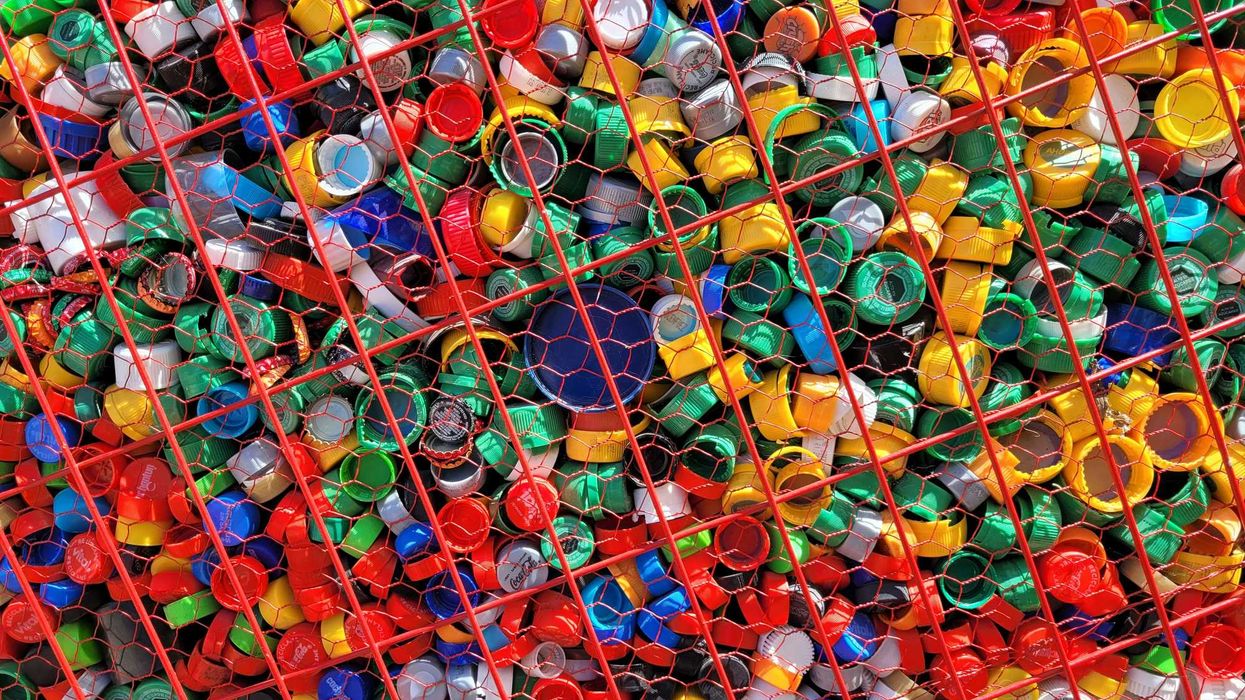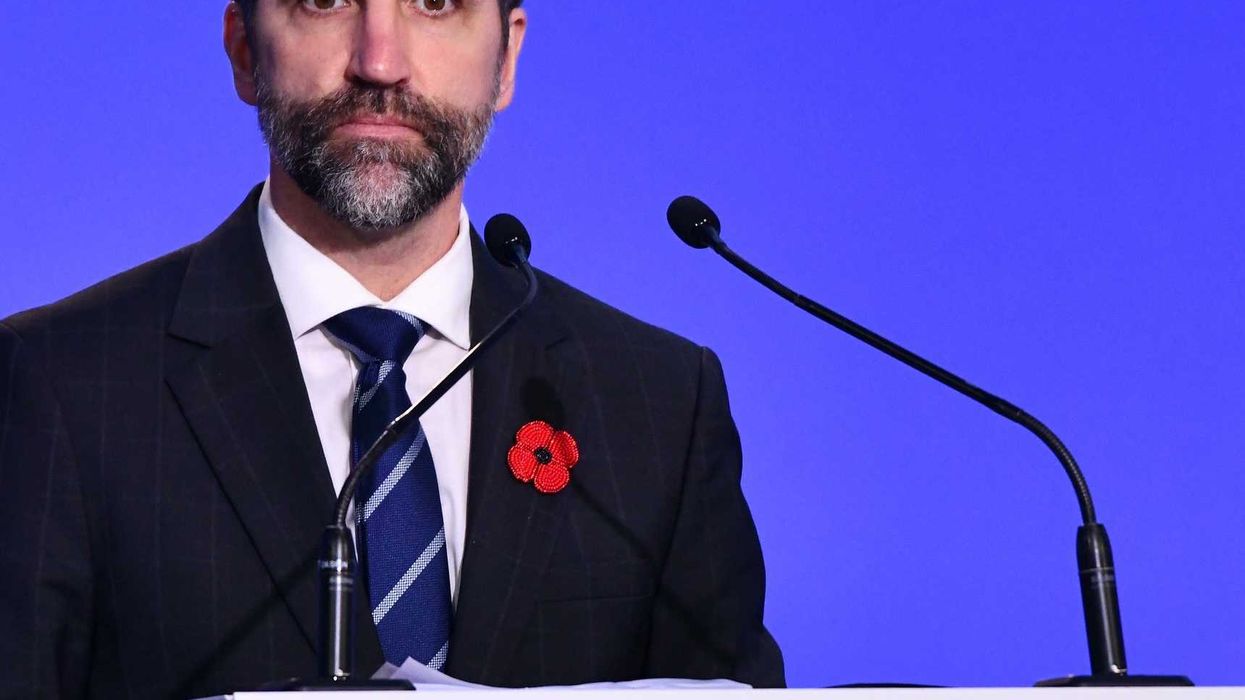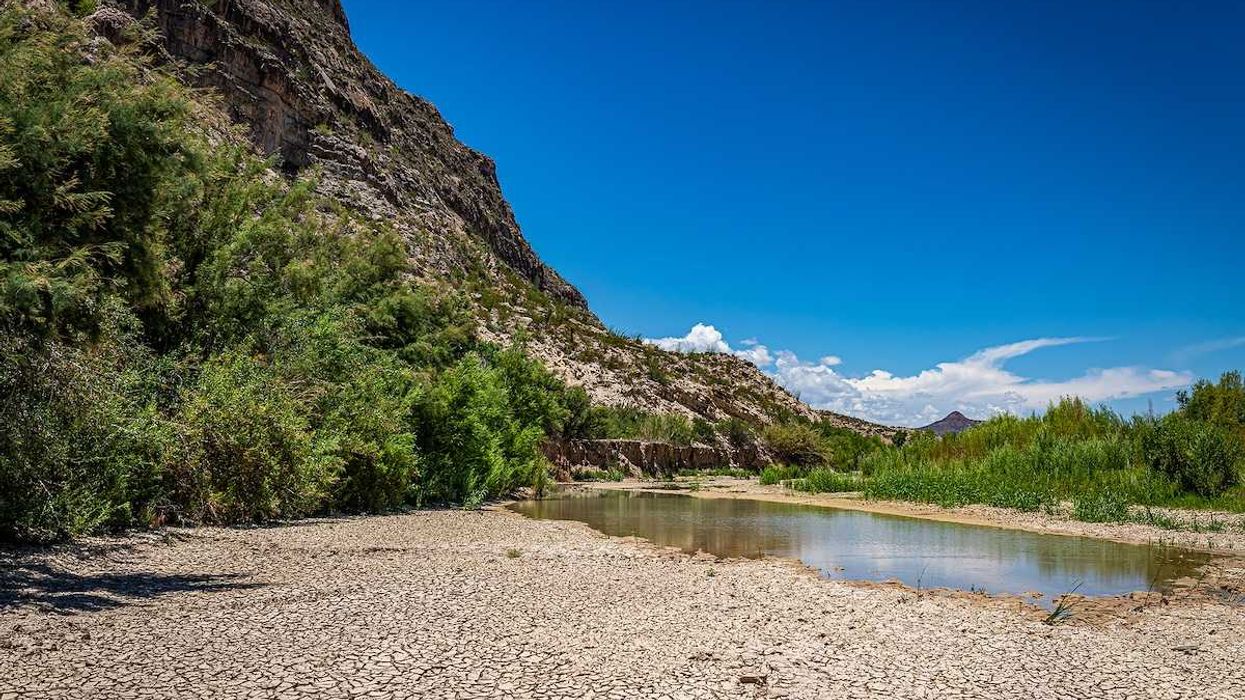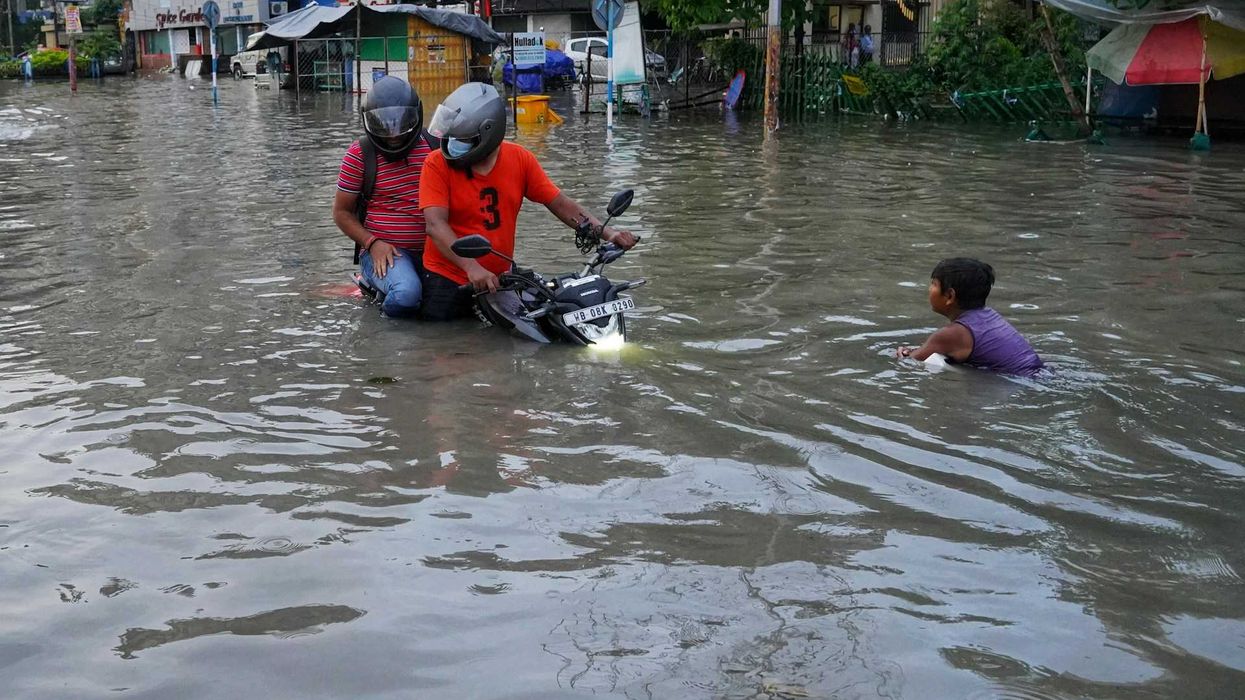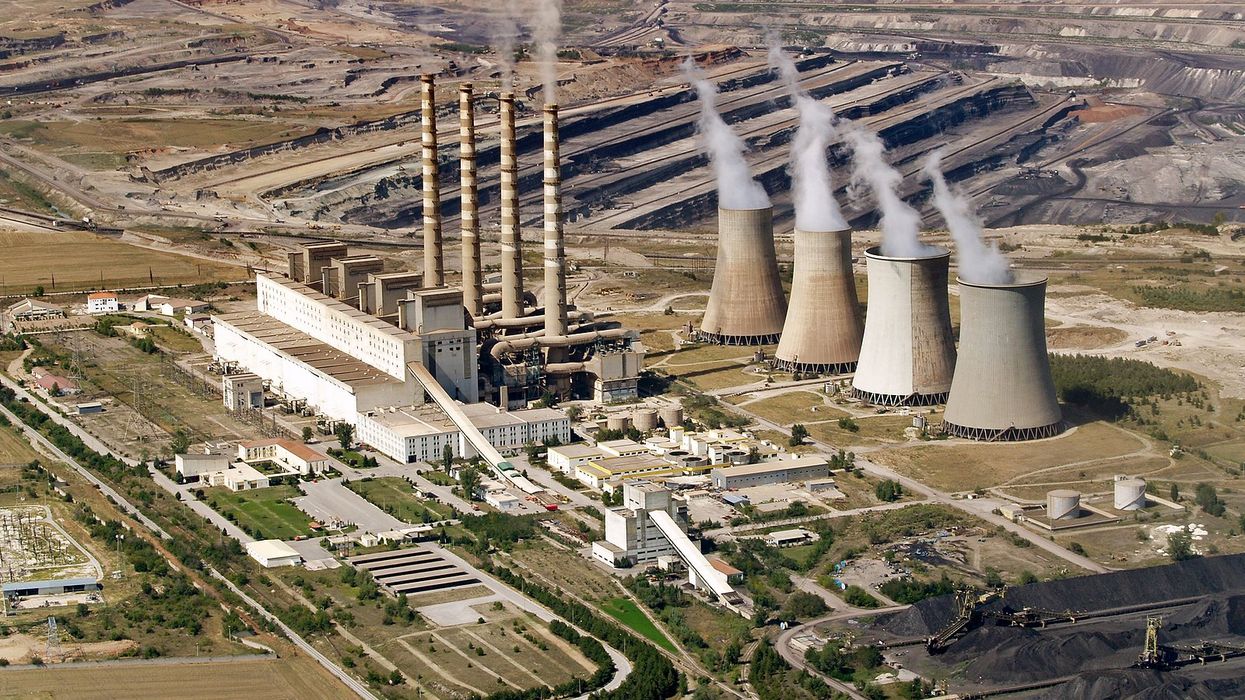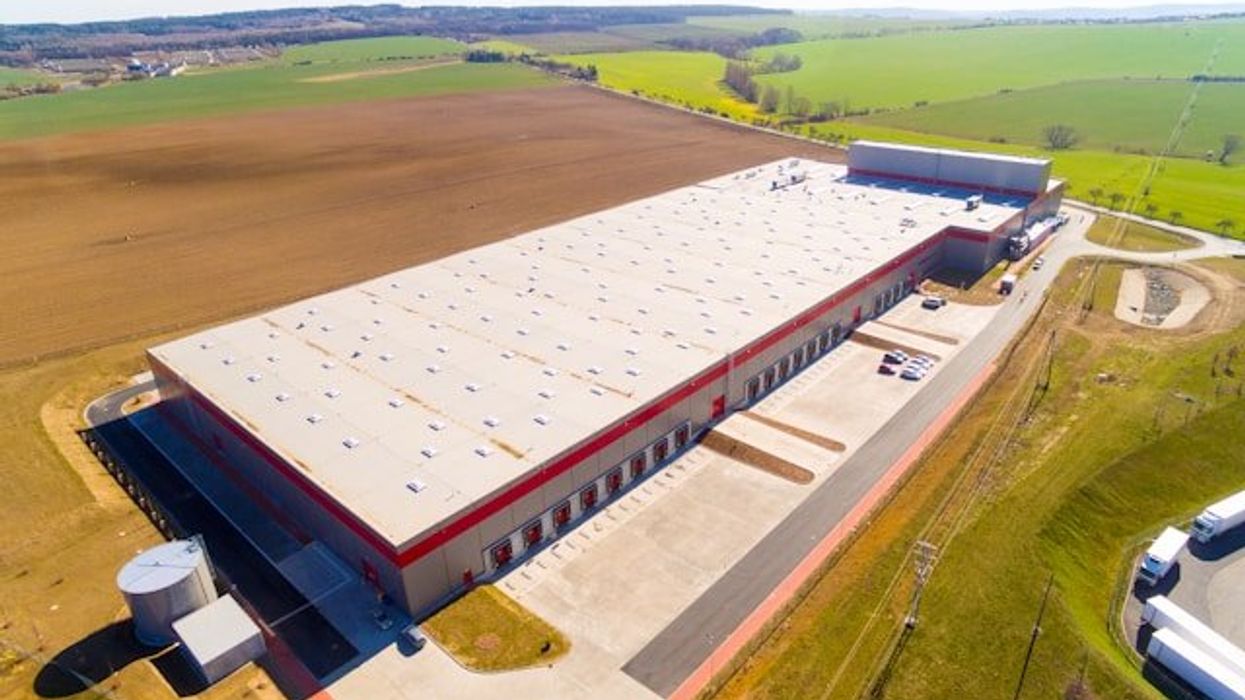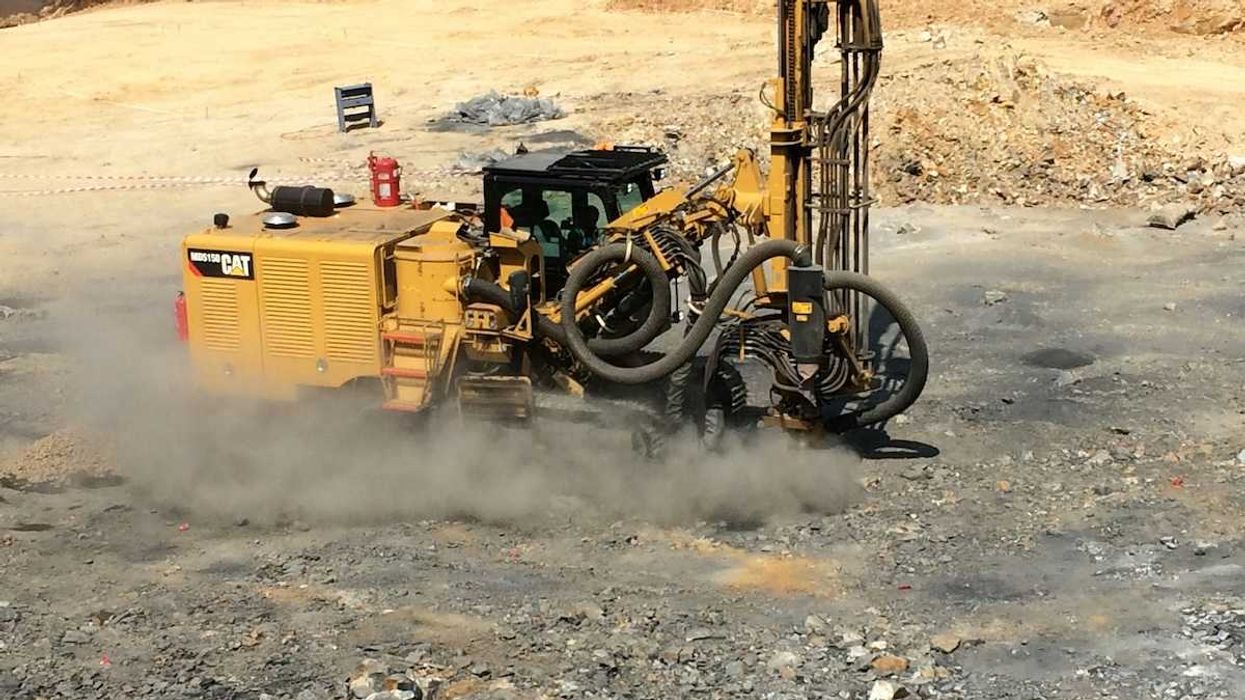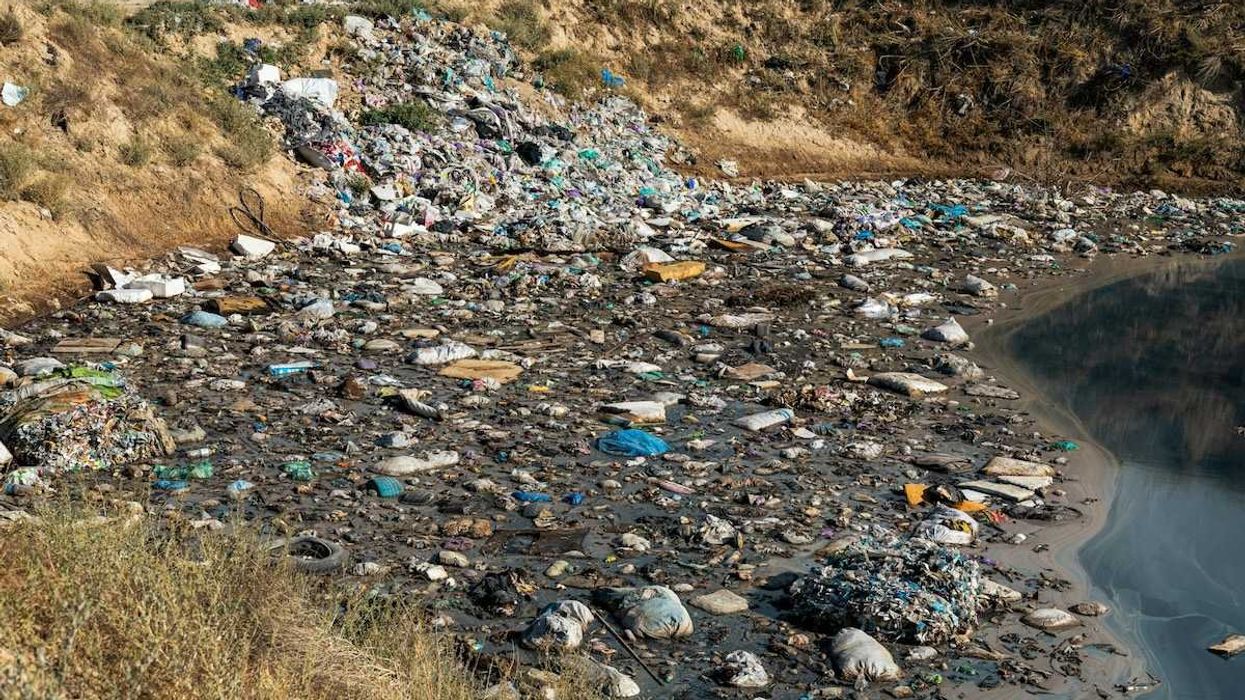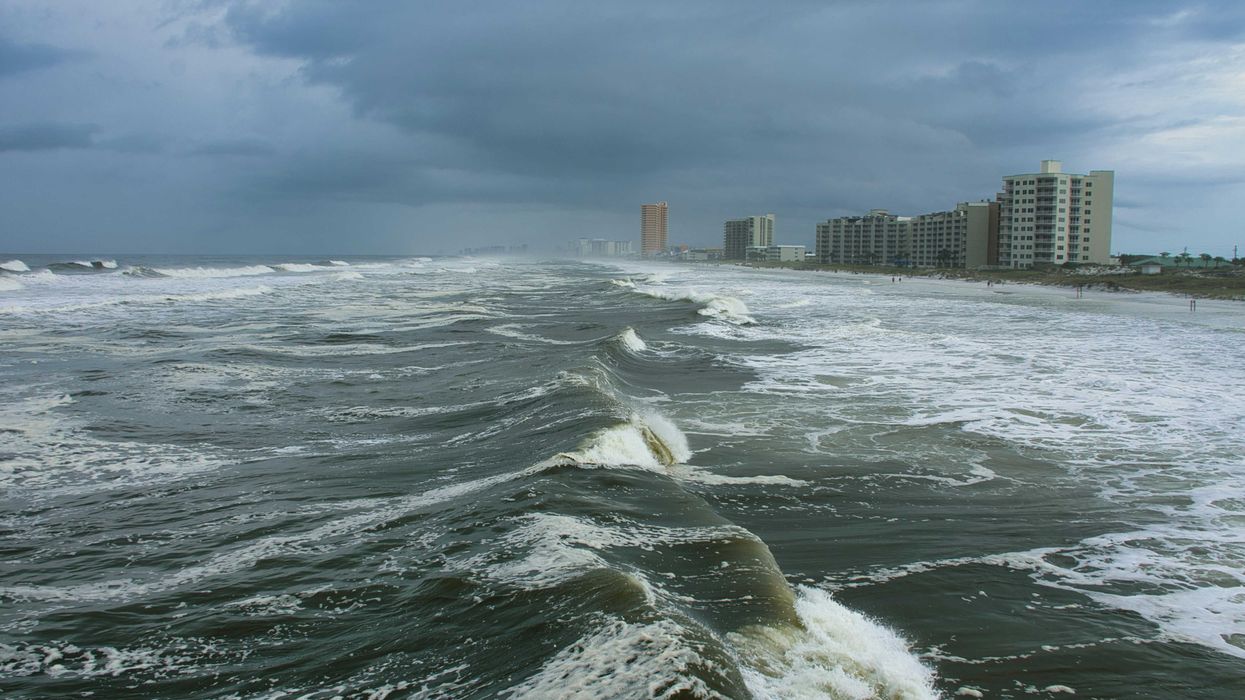Editor's Note: Dr. Robert Bullard is known as the father of environmental justice.
Over the past 30 years, too many African American and people of color communities have become environmental "sacrifice zones" where polluting industries expose residents who live on the fence line to dangerous emissions and releases into the air, water, and ground.
African Americans are 79 percent more likely than whites to live in neighborhoods where industrial pollution is suspected of posing the greatest health danger. In 2007, as documented in the United Church of Christ's Toxic Wastes and Race at Twenty report, African Americans and other people of color are more concentrated near hazardous wastes facilities today than two decades ago. People of color make up 56 percent of the residents living in neighborhoods within two miles of the nation's commercial hazardous waste facilities; they comprise a whopping 69 percent in neighborhoods with clustered waste facilities.
Residents in Anniston, Ala., (Sweet Valley/Cobbtown and Henderson Hills neighborhoods) were forever changed by PCBs (polychlorinated biphenyls) contamination from a nearby chemical manufacturing plant. From the 1930s to the 1970s, the chemical giant Monsanto Co. discharged contaminated wastewater into streams, ditches and landfills in the mostly black west end of town. Pollution from the plant and decades of government inaction turned the black homeowners' American Dream into a toxic nightmare.
Many black communities are still on the frontline of industrial accidents. And because of their close proximity to industrial corridors and transportation routes, they are exposed to elevated health risks from accidents, leaks, spills, explosions, and derailments. In 2004, more than half of the nation's 60,000 pressurized rail tank cars did not meet industry standards, and they raised questions about the safety of the rest of the fleet as well. Every day, deadly "time bombs" haul their toxic loads through populated areas exposing millions of Americans to potential threats, both accidental and deliberate.
The 2005 train wreck in Graniteville, S.C., highlights the risks to communities through which the railroad passes. When accidents and derailments occur, it is no surprise who is most often left behind or who is the last to be evacuated in natural and man-made disasters. Black families still must wait longer for protection. They must wait longer for protection even when the government causes the contamination problem, as in Warren County, N.C., 30 years ago.
The Holt family wells and drinking water in Dickson, Tenn., were poisoned with trichloroethylene or TCE from a county-owned landfill. A battery of government tests were performed on duck ponds and wells where dogs were waiting to be euthanized. However, a black family's well that lies just 54 feet from the leaky Dickson County Landfill was not tested for nine years, 1992 through 2001. It appears that government officials cared more about ducks and dogs than protecting the health and safety of law-abiding black homeowners and taxpayers.
[People of color] comprise a whopping 69 percent in neighborhoods with clustered waste facilities.
The Roberson family wells in DeBerry, Texas, were poisoned with arsenic, benzene, lead and mercury from a deep injection well for saltwater wastes from drilling operations in the East Texas oilfields. Both the Holts and Robersons learned the hard way that waiting for the government can be dangerous to their health and the health of their community.
Even when the government has the facts about contamination and health impacts there is no guarantee that it will act. For example, a 1999 U.S. Agency for Toxic Substances and Disease Registry study found dioxins in the Mossville, La., residents to be two to three times the average. Mossville is an unincorporated community, founded by African Americans in the 1800s on the outskirts of Lake Charles, La., home to four vinyl production facilities. Vinyl chloride was documented to be present in the local air at levels 120 times higher than the ambient air standard.
Over the past several decades, childhood lead poisoning has declined dramatically in the United States due to bans on lead in gasoline, paint, food cans, and other consumer products. Childhood lead poisoning is a preventable disease. Yet it is still an important health problem, affecting an estimated 310,000 (1.6 percent) children ages 1-5, according to analysis of data from the National Health and Nutrition Examination Survey released by the Centers for Disease Control and Prevention. As the numbers of lead-poisoned children have declined, the disparities of the disease have become more pronounced, falling disproportionately on low-income families and families of color living in older, poorly maintained housing. For example, African-American children are at two times greater risk than whites, according to the most recent data available on the disparities of the disease.
In the real world, some people and some neighborhoods have the wrong complexion for protection. Government officials are even willing to leave lead, arsenic and other toxic contamination in the ground in some New Orleans neighborhoods after the devastation of Hurricane Katrina, at the same time giving the city a "clean bill of health," while pledging to monitor a handful of toxic "hot spots." The U.S. Environmental Protection Agency concluded that Katrina did not cause any appreciable contamination that was not already there.
Although government tests confirmed widespread lead in the soil – a pre-storm problem in 40 percent of New Orleans – government officials dismissed residents' calls to address this problem as outside of the EPA's mission. Nevertheless, residents are urged to "keep children from playing in bare dirt." Homeowners are also instructed to "cover bare dirt with grass, bushes, or 4-6 inches of lead-free wood chips, mulch, soil, or sand."
In the real world, some people and some neighborhoods have the wrong complexion for protection.
On the other hand, Church Hill Downs, Inc., the owners of New Orleans' Fair Grounds, felt the tainted soil was not safe for their expensive thoroughbred horses to race on. The race track owners cleaned up and hauled off soil tainted by Hurricane Katrina's floodwaters and replaced it with clean soil. Certainly, if tainted soil is not safe for horses, surely it is not safe for people, especially children who play and dig in the dirt. Some black New Orleans residents are not waiting for the government to respond. They are taking action and cleaning up contamination block by block using their own voluntary grassroots Safeway Back Home program.
Black neighborhoods have even become the dumping grounds where dangerous military VX waste is burned. Incineration of the caustic nerve agent VX wastewater in Port Arthur, Texas, typifies the environmental justice challenges facing African Americans. About 60 percent of Port Arthur is African American. An Illinois-based company won a $49 million contract from the U.S. Army to incinerate 1.8 million gallons of caustic VX hydrolysate waste water near Port Arthur's Carver Terrace housing project, where residents already breathe contaminated air from refineries and chemical plants. Army and city officials did not announce the project until the deal was sealed. Residents in New Jersey and Ohio fought off plans to incinerate the waste there. It is ironic that the first batch of VX hydrolysate was incinerated in Port Arthur on April 22, 2007 – Earth Day.
In commemorating the 30th anniversary of the Warren County protests, it is clear that we cannot celebrate too long because the "NIMBY" (not in my back yard) practice continues to be replaced with the "PIBBY" (place in blacks' back yards) principle. The effect is a society divided, literally and psychologically, by freeways, railroad tracks, landfills and hazardous waste dumps. Failure to act effectively and fairly to address these glaring racial disparities leaves gaping holes in homeland security. Our homeland will not be secure until all Americans, including people of color who now top some 100 million or just under one third of the U.S. population, enjoy equal protection and equal enforcement of all of our laws and regulations. No community, rich or poor, black, white, yellow, red or brown, should be forced to become a "throw away" community.
Robert D. Bullard is the former Dean of the Barbara Jordan-Mickey Leland School of Public Affairs and currently Distinguished Professor of Urban Planning and Environmental Policy and Administration of Justice at Texas Southern University in Houston. His most recent book is Environmental Health and Racial Equity in the United States: Building Environmentally Just, Sustainable and Livable Communities (APHA Press 2011). He can be reached at: drrobertbullard@gmail.com. See his other writings at: www.drrobertbullard.com
This essay was adapted from one originally published at dissidentvoice.org.
This piece is the tenth installment of our Pollution, Poverty, and People of Color series.



